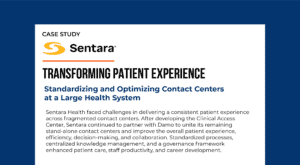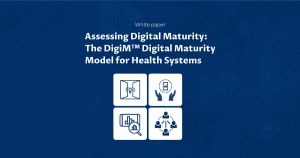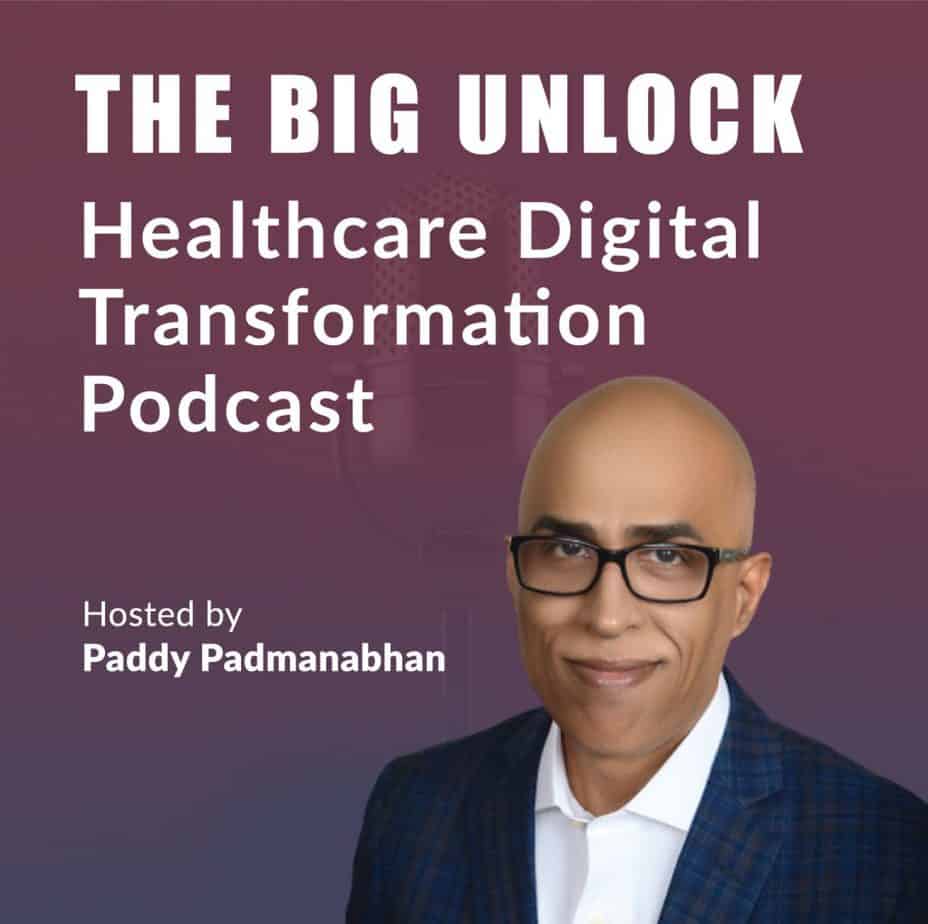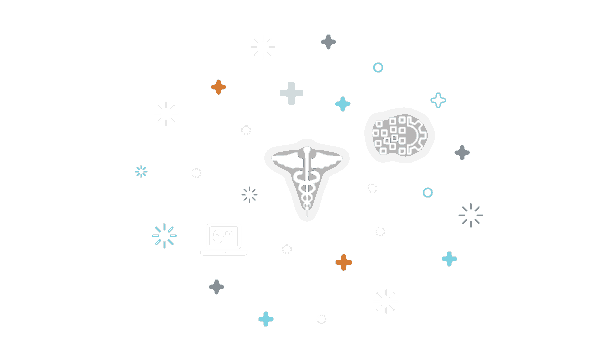Telehealth coupled with the new interoperability rule will provide better healthcare outcomes
– Karen Kobelski, VP and General Manager of Clinical Surveillance, Wolters Kluwer Health
Our recent podcast guest, on The Big Unlock, was Karen Kobelski, VP and General Manager of Clinical Surveillance Wolters Kluwer Health. Karen discusses the new infection prevention rules they have developed for hospitals to provide real-time alerts to monitor coronavirus testing with Damo Consulting CEO Paddy Padmanabhan. Karen also spoke about how the new interoperability rule will result in better healthcare outcomes.
Listen to the full conversation
“Wolters Kluwer’s mission is to bring the latest evidence-based medicine into the workflow of clinicians, students, and the learning community. So, from the beginning of their journey in medicine, whether they’re studying nursing or studying to be a doctor, we’re providing the textbooks and the clinical education. We provide them with the electronic workflow solutions to actually make their lives easier, their jobs easier, more efficient, and to the benefit of both the clinicians and the patients in the healthcare system.” – Karen Kobelski, The Big Unlock podcast
Helping hospitals and health systems coping with COVID-19
Diana believes that having standards and procedures in interoperability is very important. There has always been the aspect of who owns the data and whether they need to pay for it. The HHS ruling clearly says that patients should have access to their data without any issues and fees. She feels positive about the ruling and states that it will help to set guidelines within the healthcare system on how to operate best.
“One of our solutions is an infection prevention solution that does infection surveillance for hospitals. We recognize that, right now, the best thing that we could do with the COVID-19 situation is to create a dashboard for hospitals where we could put in one place, a snapshot of the status of every patient in the hospital that has been tested or not tested for COVID-19, whether they are in the ICU or not. How long they had been there and their prognosis, some of the other complications, etc. As you know, the CDC is trying to collect that information on a daily basis so they can track the progress of this pandemic. We’re able to aggregate all that data for them and provide that to them so they can serve that up very easily to the CDC.” – Karen
Connecting dots with better health outcomes
Wolters Kluwer Health is currently trying to help clinicians with early detection of patients who are COVID positive and starting to show signs of respiratory distress. Their various surveillance solutions are enabling physicians and clinicians to attend patients with immediate intervention who might otherwise have been overlooked in the current surge of workflow in hospitals. Hence providing a one-stop-shop to deal with the COVID-19 crisis.
“If you can detect that a patient is decompensating earlier and bring that to the attention of the clinician so they could start treatment faster, you’re going to have a better outcome. They may not end up in the ICU and may have a shorter length of stay, it is an overall better outcome for that patient if we can detect it earlier.” – Karen Kobelski
Trend of virtual care models in healthcare environment
Karen believes that new virtual care models will translate into delivering better healthcare to patients. She thinks that with the new interoperability rule, where patients will have access to their health data, patients can be treated in a much better and efficient way resulting in better healthcare outcomes.
“I just think telehealth is here to stay. We are going to see all these new modalities in terms of delivering health insights to patients. When you take that and you couple that with this new interoperability rule that’s passed, where the patient record can really be seamlessly exchanged from one vendor to another, and so that you can kind of take your record with you as you go. You’re going to start to see that patients can be treated in a lot of different ways and they will have their full health record with them. You are not going to need to traditionally go into these hospitals to see somebody or into a doctor’s office to see somebody, the treatment will really be virtual, just like we’re working virtually today.” – Karen

